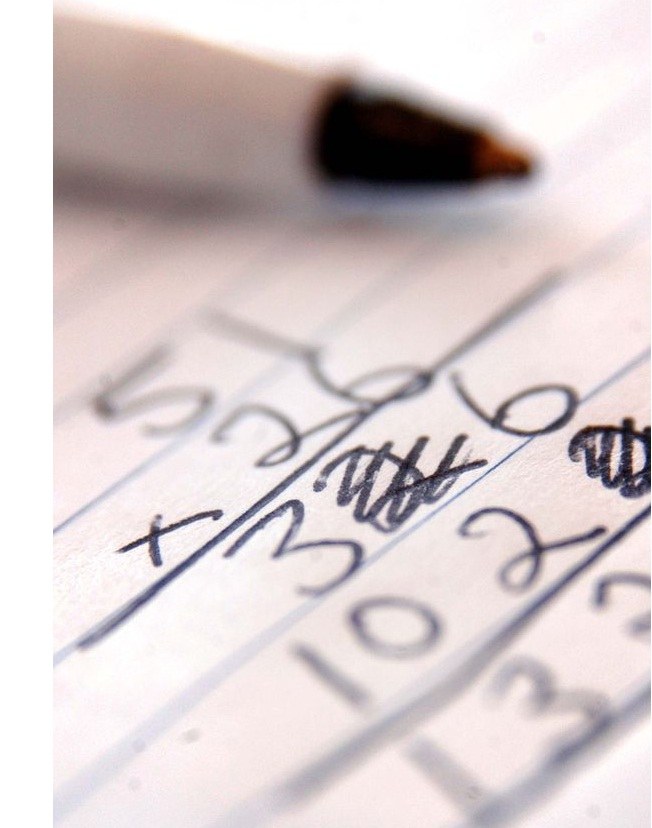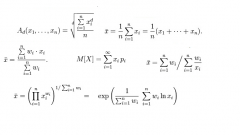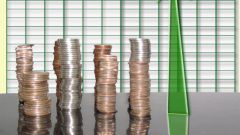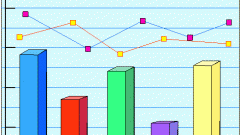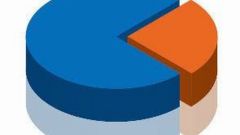Instruction
1
In accounting, assets are divided into current and non-current.
2
From the point of view of liquidity, current assets are what the firm owns, but cannot use their cash equivalent, at least in the course of the year. The building, owned by the organization, equipment, and other property belong to fixed assets. Also in the category of non-current assets includes intangible assets (patents, for example) and long-term investments.
3
To the working capital comprise inventories – finished goods, raw materials and materials in stock or in production. Also, the composition of current assets includes someone obligations to the firm – for example, future payments under existing contracts, or securities and promissory notes. Finally, current assets include the most liquid assets – cash on hand organizations, as well as money on current accounts or in short-term Bank deposits.
4
In sum, all of these categories and form the value of the assets of the organization. They are all displayed in the first and second sections of the balance sheet and their amount is shown in line 300 of "Balance".
5
In order to determine the average volume of assets, you need to know of their condition in dynamics.
If you have data on the size of assets for every quarter, you will be able to find the average chronological value of assets according to the formula:
Average total assets = (50%*Assets for Q1 + Assets for the 2nd quarter + Assets 3Q + 50%*Assets for the 4th quarter)/3
If you have data on the size of assets for every quarter, you will be able to find the average chronological value of assets according to the formula:
Average total assets = (50%*Assets for Q1 + Assets for the 2nd quarter + Assets 3Q + 50%*Assets for the 4th quarter)/3
6
For example, data on the amount of assets the following:
Assets for the 1st quarter = 4 million.
Assets for Q2 = 2.5 mln RUB.
Assets 3Q = 3 million.
Assets 3Q = 3 million.
Then, the average value of assets = (2+2,5+3+1,5)/3=9/3=3 million.
Assets for the 1st quarter = 4 million.
Assets for Q2 = 2.5 mln RUB.
Assets 3Q = 3 million.
Assets 3Q = 3 million.
Then, the average value of assets = (2+2,5+3+1,5)/3=9/3=3 million.
7
If we have data on the value of assets at the beginning and at the end of the period, the average value is calculated according to the formula of the arithmetic mean:
Average assets = (Assets at beginning of period + Assets at end of period)/2
Average assets = (Assets at beginning of period + Assets at end of period)/2
8
For example, data on the amount of assets the following:
Assets for 2009 = 5 million.
Assets for 2010 = 7 million.
The average value of assets for 2010= (5+7)/2 = 6 million.
Assets for 2009 = 5 million.
Assets for 2010 = 7 million.
The average value of assets for 2010= (5+7)/2 = 6 million.
9
Similarly, we can calculate the average value of capital and other indicators with available data on their dynamics.
